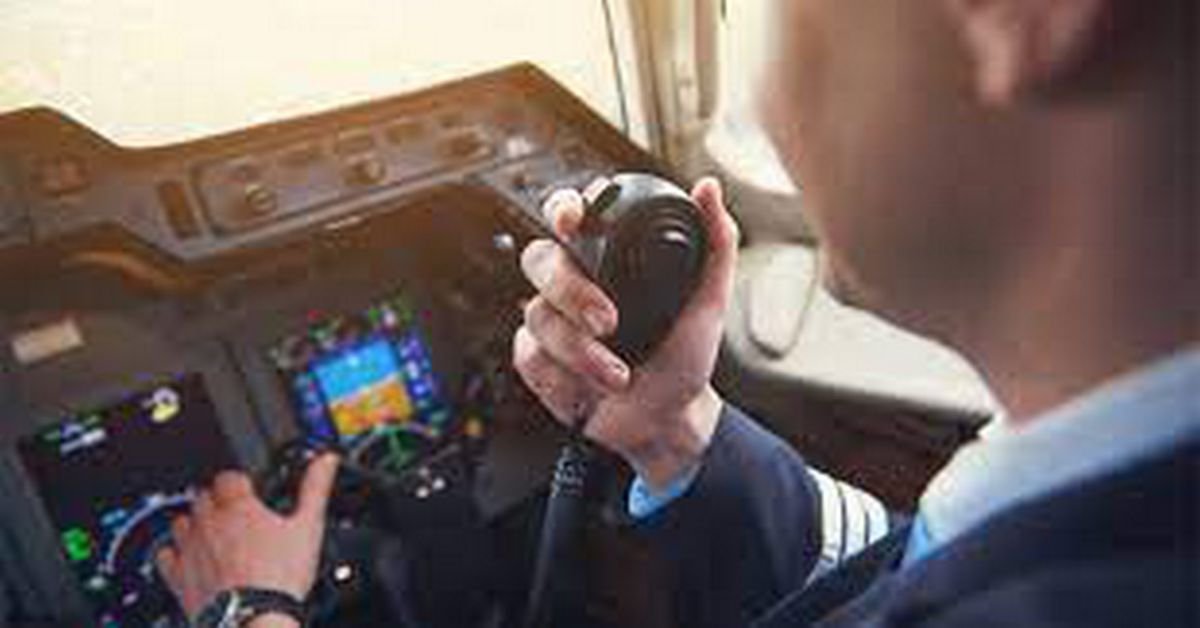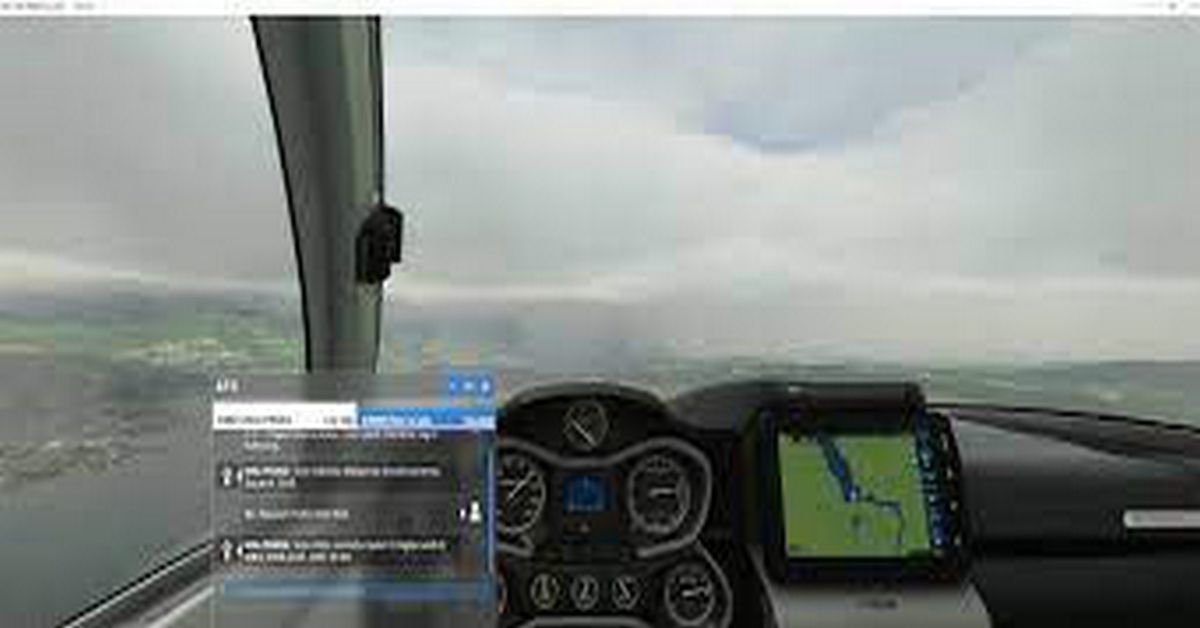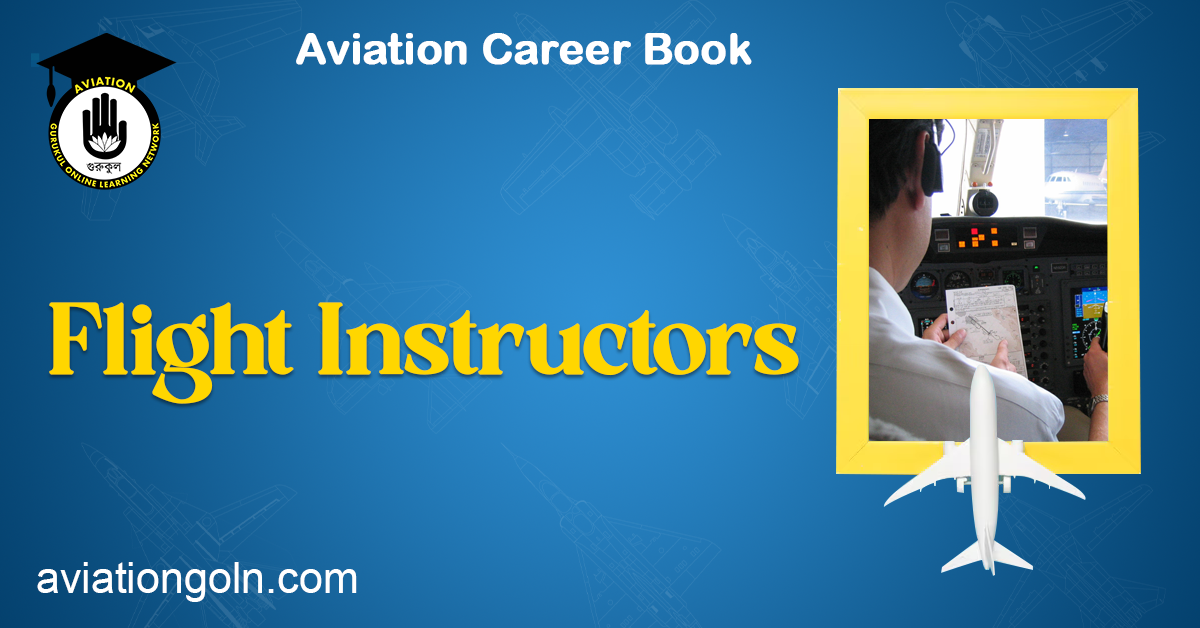Flight Instructors are one of the most crucial roles within the vast ecosystem of aviation. As the first point of contact for many aspiring pilots, flight instructors lay the groundwork for future generations of aviators, ensuring they are trained with both technical proficiency and an understanding of aviation’s underlying values. Beyond its educational significance, the role of a flight instructor provides a unique career trajectory within the realm of general aviation. This article delves into the life and career of flight instructors, their challenges, rewards, and their crucial role in the broader aviation sector.
Flight Instructors

II. Role of a Flight Instructor
A flight instructor is tasked with training student pilots to attain various licenses, ranging from private to commercial, and even airline transport pilot certificates. Their duties include:
- Ground School Training: Instructors teach the theoretical aspects of flying, including aerodynamics, navigation, meteorology, and aviation regulations.
- In-flight Training: This is hands-on teaching in an aircraft, where students learn to fly under an instructor’s guidance.
- Flight Simulation: With advances in technology, simulators play a significant role in modern pilot training.
- Assessment and Examinations: Instructors evaluate a student’s progress and readiness for official exams.

III. Becoming a Flight Instructor
The journey to becoming a flight instructor usually follows these steps:
- Earn a Private Pilot Certificate: The foundational step.
- Accumulate Flight Hours: Many opt to attain an Instrument Rating and then a Commercial Pilot Certificate.
- Certified Flight Instructor (CFI) Rating: This involves rigorous training and an FAA checkride.

IV. The Career Trajectory
For many pilots, flight instructing is an entry point into the aviation industry. Here’s how it often unfolds:
- Building Flight Hours: Many commercial sectors, especially airlines, require pilots to have significant flight hours. Instructing is a popular way to accumulate these hours.
- Networking: Instructors often build networks with industry professionals, which can lead to job opportunities.
- Diversifying Skills: Some instructors go on to earn additional ratings, such as Certified Flight Instructor-Instrument (CFII) or Multi-Engine Instructor (MEI), making them more marketable.
- Transitioning to Other Roles: After accumulating enough hours and experience, many instructors transition to commercial airlines, corporate flight departments, or other specialized flying roles.

V. Challenges Faced by Flight Instructors
- Financial Struggles: Initially, flight instructing might not be the most lucrative job. Many instructors face financial challenges, especially if they’re repaying flight training loans.
- Unpredictable Schedules: Weather, aircraft maintenance, and student cancellations can lead to irregular working hours.
- Responsibility: The onus of shaping a novice into a skilled pilot is significant. Mistakes can have dire consequences, making the job mentally taxing.
- Staying Updated: Aviation is continuously evolving. Instructors must stay updated with the latest regulations, techniques, and technologies.

VI. Rewards and Fulfillments
- Mentorship and Legacy: There’s immense satisfaction in molding raw talent into proficient pilots. Many instructors cherish the mentorship aspect.
- Skill Enhancement: Teaching reinforces knowledge. Instructors often find that their skills and understanding of flying nuances improve significantly.
- Building Experience: As mentioned, it’s a way to accumulate hours, which is vital for those aiming for airline or corporate flying careers.
- Varied Experiences: Every student is different. Instructors enjoy a dynamic work environment, tackling different challenges with each student.

VII. Flight Instructors in General Aviation
General aviation encompasses all flights that are not conducted by the military, scheduled airlines, or scheduled cargo carriers. Within this space, flight instructors play multiple roles:
- Community Building: Many flight instructors are active within local aviation communities, participating in events, seminars, and safety workshops.
- Advocacy: Experienced instructors often work with regulatory bodies, contributing to the evolution of training standards and methodologies.
- Specialized Training: Some instructors specialize in specific types of training, such as aerobatics, mountain flying, or seaplane operations, contributing to the richness of general aviation.

The role of a flight instructor in the vast sky of aviation is akin to that of a lighthouse on a shore. They guide, teach, mentor, and above all, ensure the safety and proficiency of those they train. While the journey of a flight instructor comes with its set of challenges, the rewards – both tangible and intangible – make it a fulfilling career choice for many. As aviation continues to grow and evolve, the role of flight instructors will remain pivotal, shaping the future of flying, one pilot at a time.
